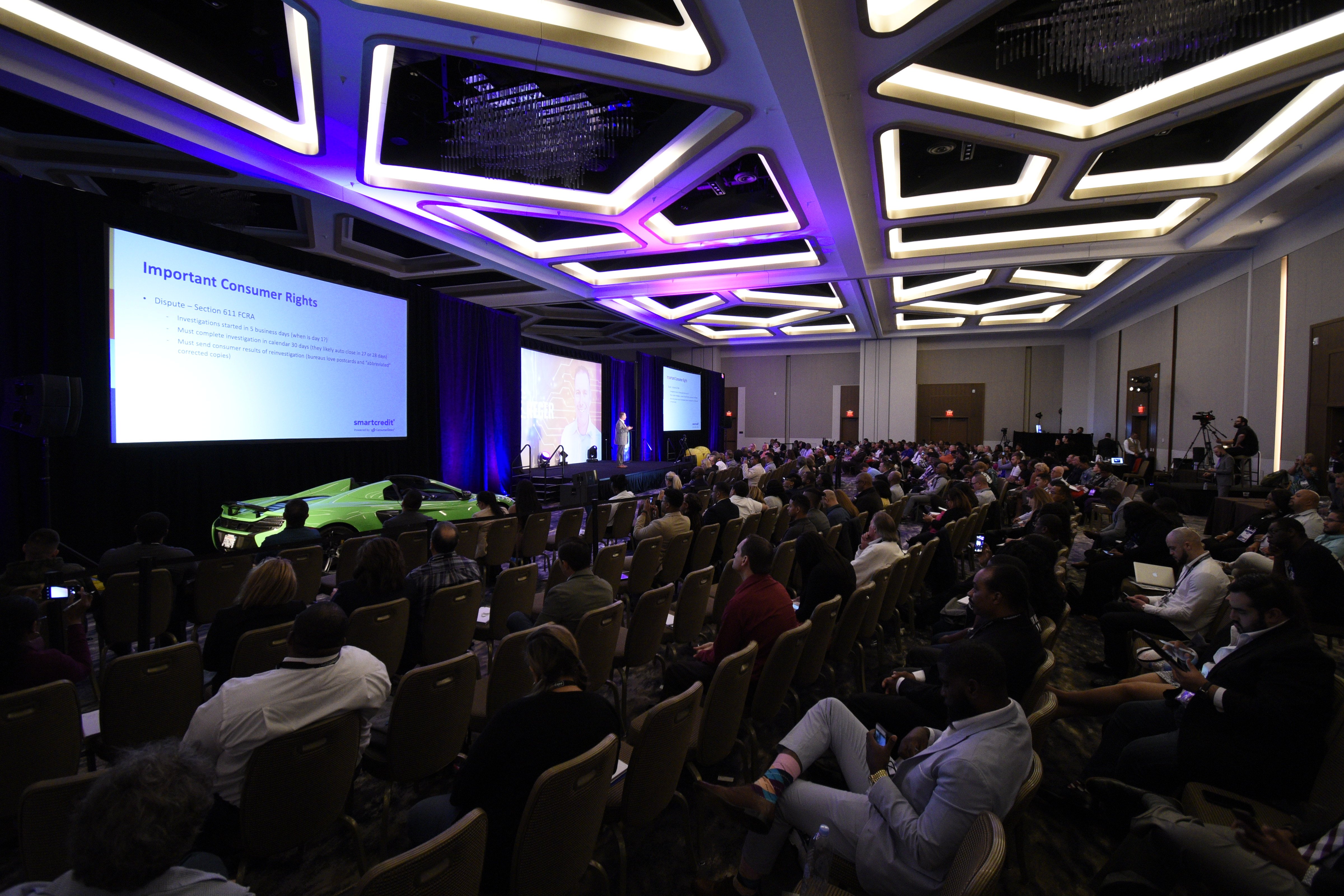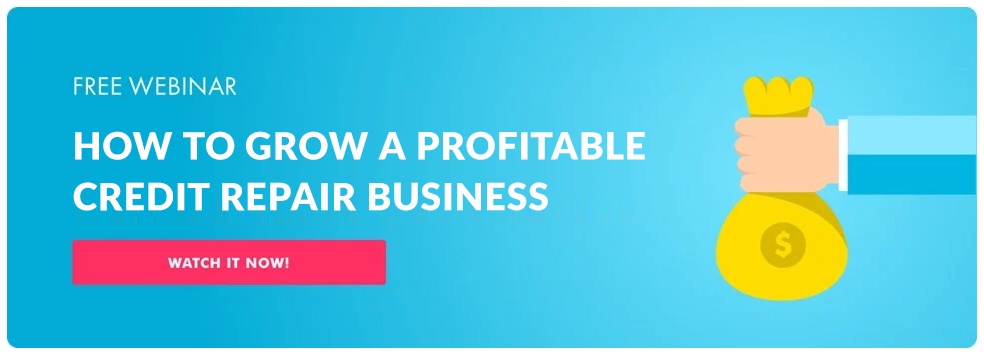![[CRC] Blog Learn What Really Goes On Inside of the Credit Bureaus](jpg/%5bcrc%5d%20blog%20learn%20what%20really%20goes%20on%20inside%20of%20the%20credit%20bureaus1a11.jpg) If people are going to form better credit habits, they need to understand the ins and outs of credit scoring. But credit bureaus haven’t always taken an active role in educating consumers about how it all works or about their consumer rights.
If people are going to form better credit habits, they need to understand the ins and outs of credit scoring. But credit bureaus haven’t always taken an active role in educating consumers about how it all works or about their consumer rights.
At the 2019 Credit Repair Expo, we heard from former TransUnion employee and credit expert Steve Reger. Throughout over two decades at TransUnion, (and now as Senior Vice President, Sales, Marketing, Data Breach, and Fraud Prevention at Smart Credit) Steve has worked with thousands of consumers. Based on his experience, Steve gave credit repair business owners an inside look at what’s happening inside the credit bureaus.
A Brief History of Credit Bureaus
During the 1980s, small credit companies began to consolidate, eventually becoming what we now know as the Big Three – TransUnion, Equifax, and Experian.
In the 1990s, two key factors led to more direct-to-customer access to information surrounding their credit scores: advancements in technology and with that, a higher incidence of identity theft. Both led to more inquiries from consumers, which pushed the industry forward.
During this time of “consumer enlightenment," as Steve called it, people started to gain access to their credit files. But the evolution of the industry and consumer demand for information was far from over.
Why Credit Bureaus Don’t Always Encourage Consumers to Inform Themselves

Credit Repair Expo attendees look on as former credit bureau executive Steve Reger explains important consumer rights that credit clients have.
Even in the information age, financial institutions don’t always make it easy for people to inform themselves and take full control of their credit situation.
To understand why, consider the basics of fair credit reporting practices:
- Everyone has a right to access their credit report
- Consumers have the right to challenge inaccurate information
- Credit bureaus are required to investigate any disputes
Investigations cost time and money for credit bureaus, so the more investigations they have to perform, the more it affects their bottom line.
Steve notes that consumers get one free consumer disclosure per year. If you think of your credit report as the short version, a consumer disclosure is a complete version of your credit file. It shows things like soft inquiries and opens up the possibility for disputes, so it’s better for credit bureaus if people only have access to the short version.
Other Ways Credit Bureaus Don’t Give you the Full Story
Credit bureaus don’t make money from disclosing your credit information to you. So, it should come as no surprise that they may not tell you things like:
- When a closed account reappears on your report
- They must remove all disputed charges related to valid identity theft claims within 4 days
In addition to one free credit report a year, consumers can request a free report if:
- They were denied credit due to credit report information
- They are unemployed and are planning to start a job search within 60 days
- They are on welfare
- They are a victim of identity theft
This is useful information that the public needs in order to inform themselves and start improving their financial situation.
Connecting with Credit Bureaus is Difficult
Steve admits it’s not always easy to follow a case from start to finish. Here are a few things he told us about communicating with credit bureaus:
- They change their fax numbers often, making it difficult to consistently send dispute letters via fax
- He doesn’t recommend filing disputes by phone, as there’s no “paper trail”
- For cost reasons, the bureaus prefer for consumers to handle all disputes online
- Although not the fastest, mail may be the most secure way to track communications
One other shocking practice we learned is that credit bureau agencies can deny customers access to phone support unless they’ve already received a consumer disclosure.
Automated Systems Don’t Always Work in Favor of Consumers
Automation is simply a fact in today’s world. Steve notes that while automation helps keep things from slipping through the cracks, sometimes cases “don’t get the human attention they deserve”. In the credit information industry, automation means it’s often a system rule, not an experienced agent making the decision about your client’s dispute.
Here’s what an automated dispute handling process means for consumers and credit repair business owners:
- Disputes by mail are opened by large scanners and categorized: disclosure, dispute, fraud, or priority
- 97% of cases are handled through E-OSCAR (Electronic Online Solution for Correct and Accurate Reporting), where all input is quickly boiled down to a two-digit code
- Disputes are then batched and sent to outside data furnishers, who review and compare the information with E-OSCAR, classify it, and create a quality scorecard
- Steve estimates as high as 80% of cases are either handled by inexperienced workers or automated systems
How Your Credit Repair Business Can Help
Starting your own credit repair business can have a positive impact on the community by helping people navigate the system. By working with credit bureaus on your client’s behalf, you help them improve their credit score and get back on the right track. The more you understand how the credit repair business works, including the systems designed to keep people in debt, the better you’ll be able to help your clients and your community.
If you’re new to running a credit repair business, it can seem like there’s a lot to learn, and it’s true. But Credit Repair Cloud business software helps set you up for success. There are tons of great online resources available to you, and even free online training to help you start your credit repair business.
Start preparing to become a credit hero today! Learn from the experts in our free online training.













